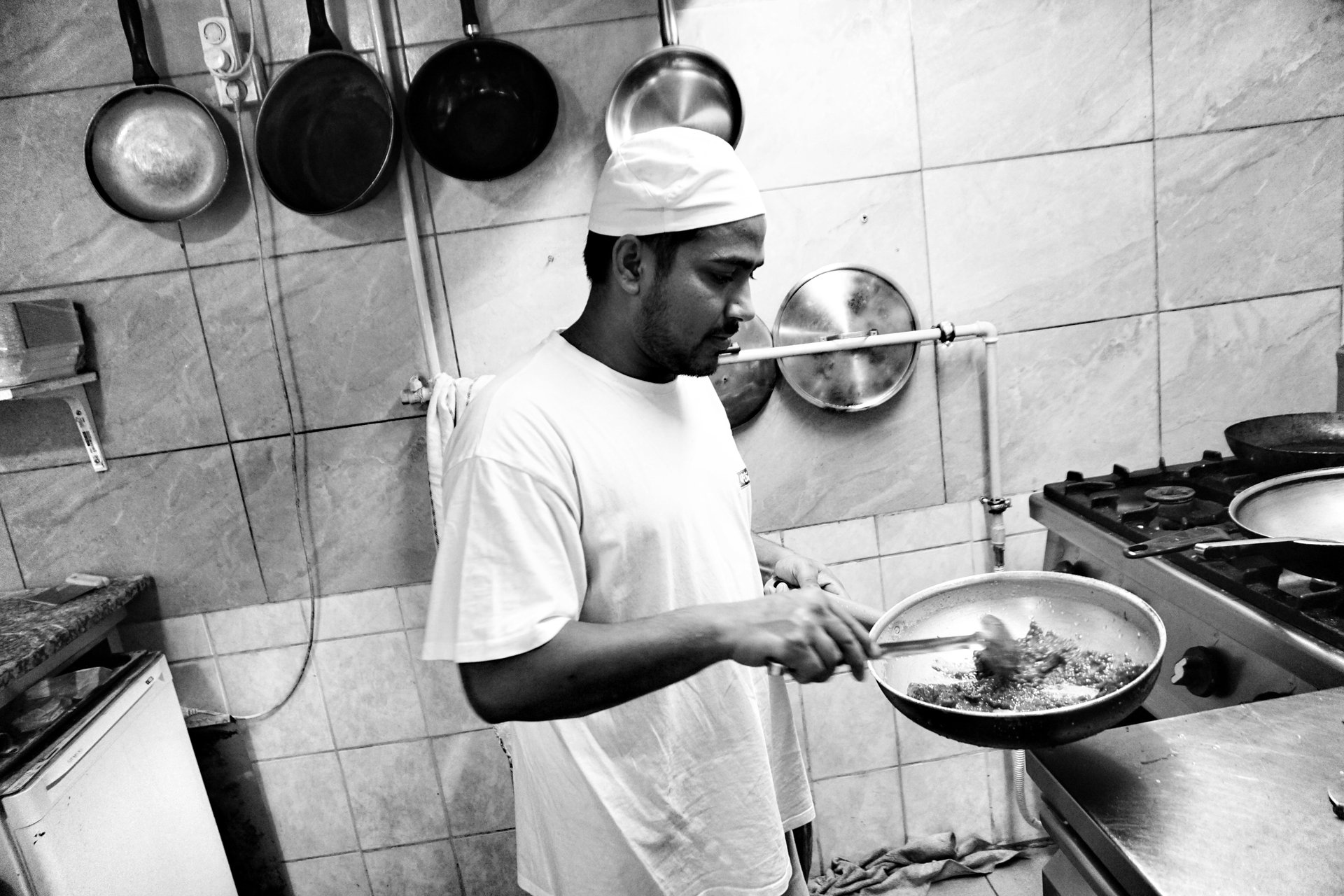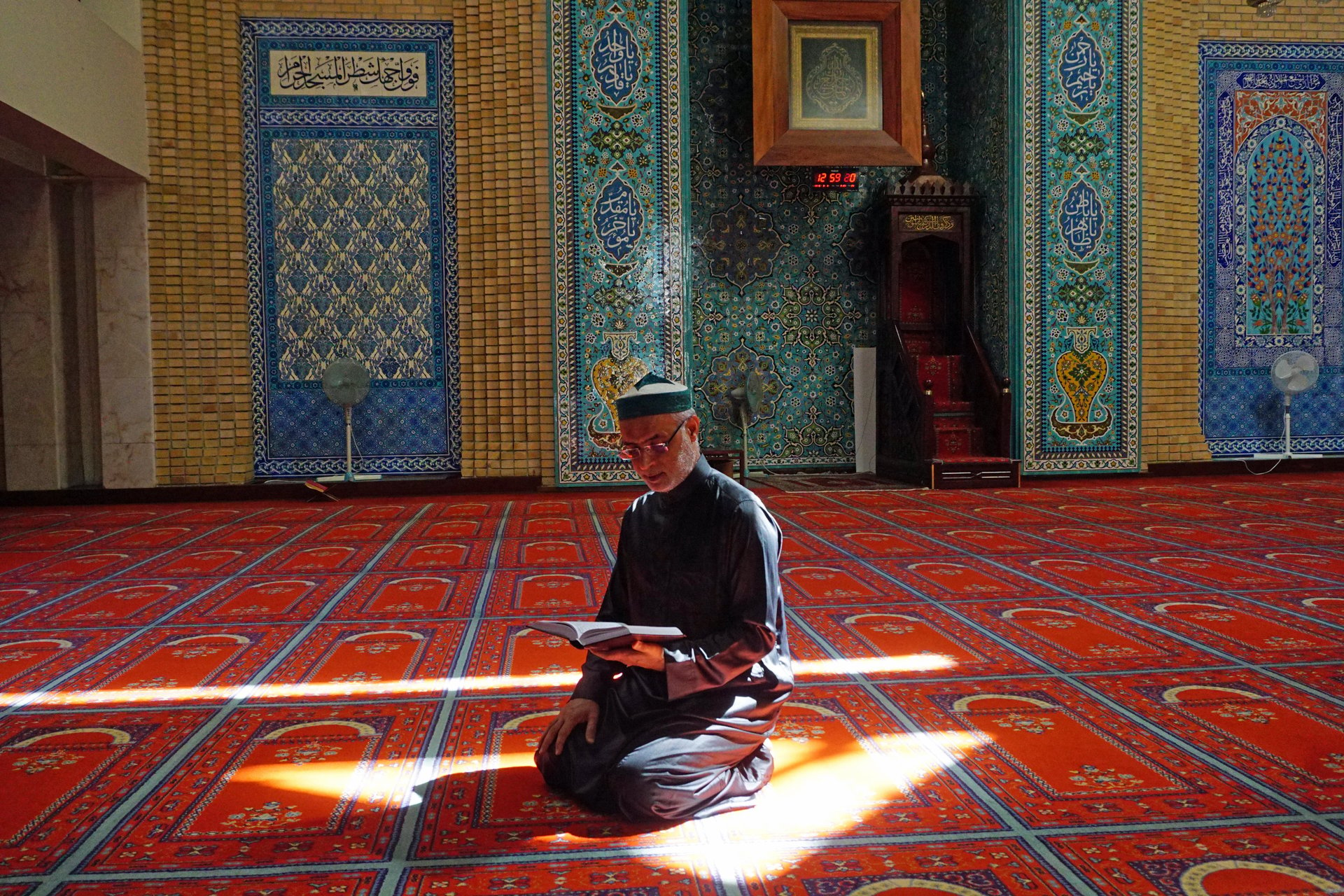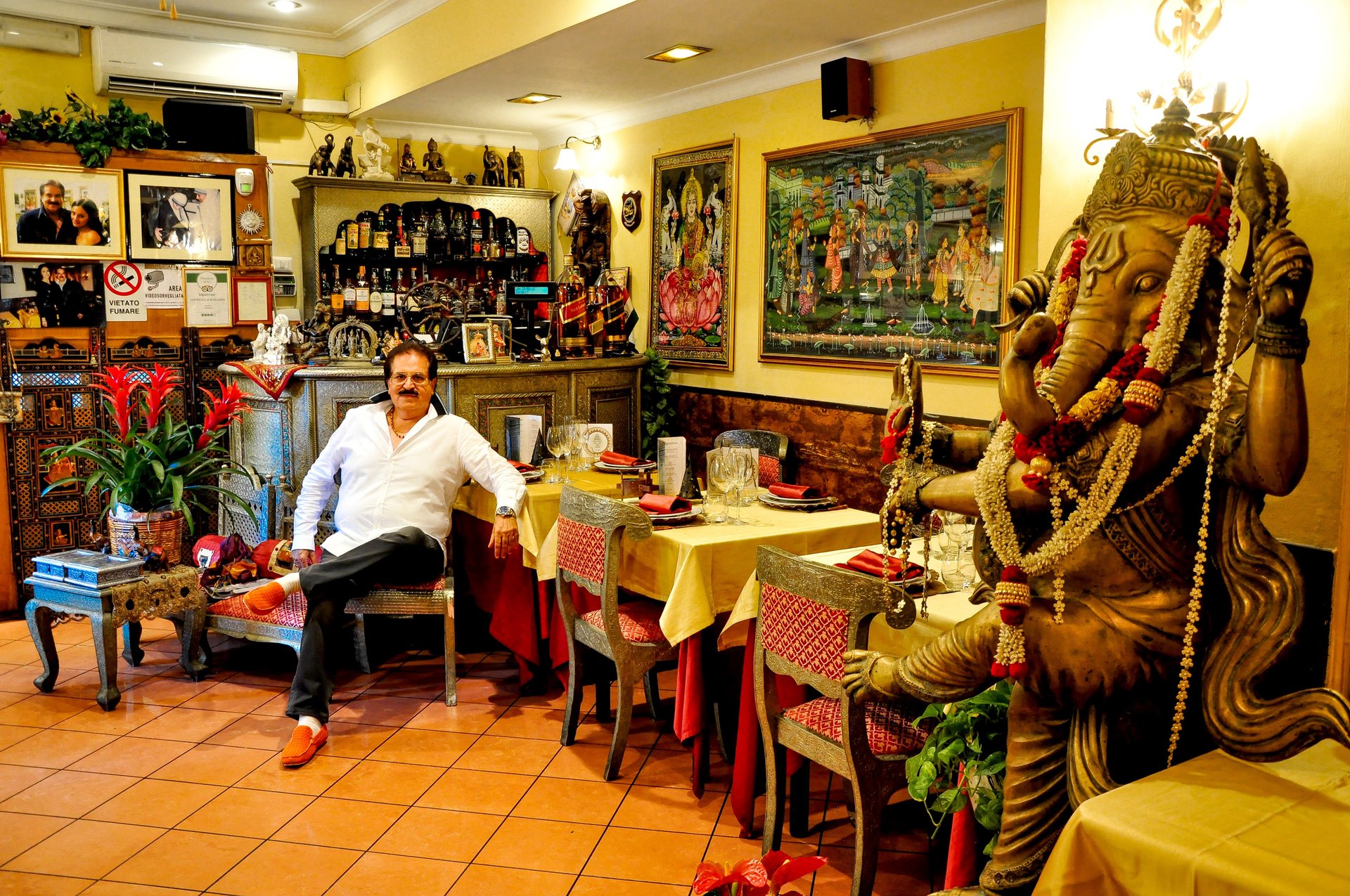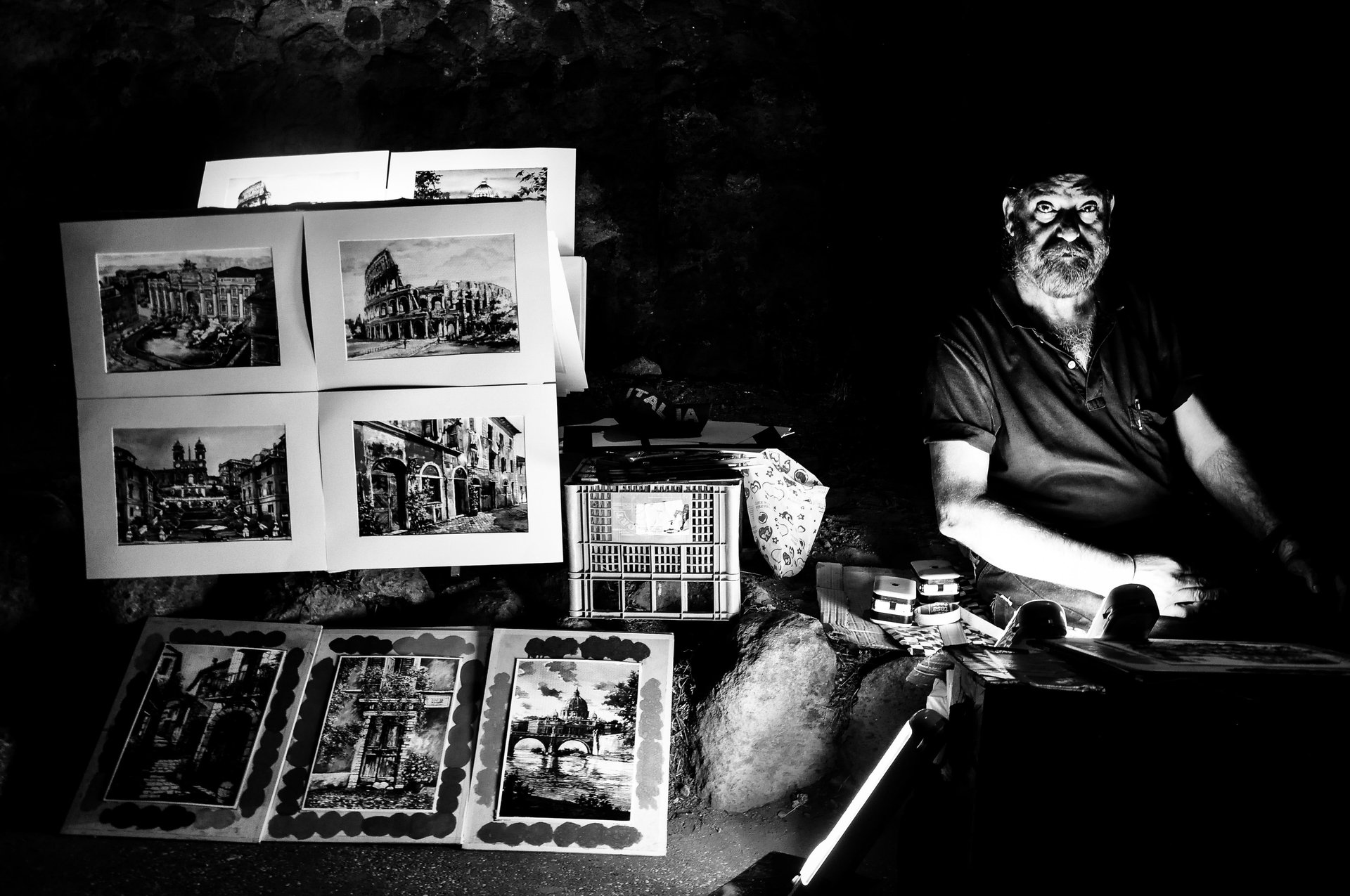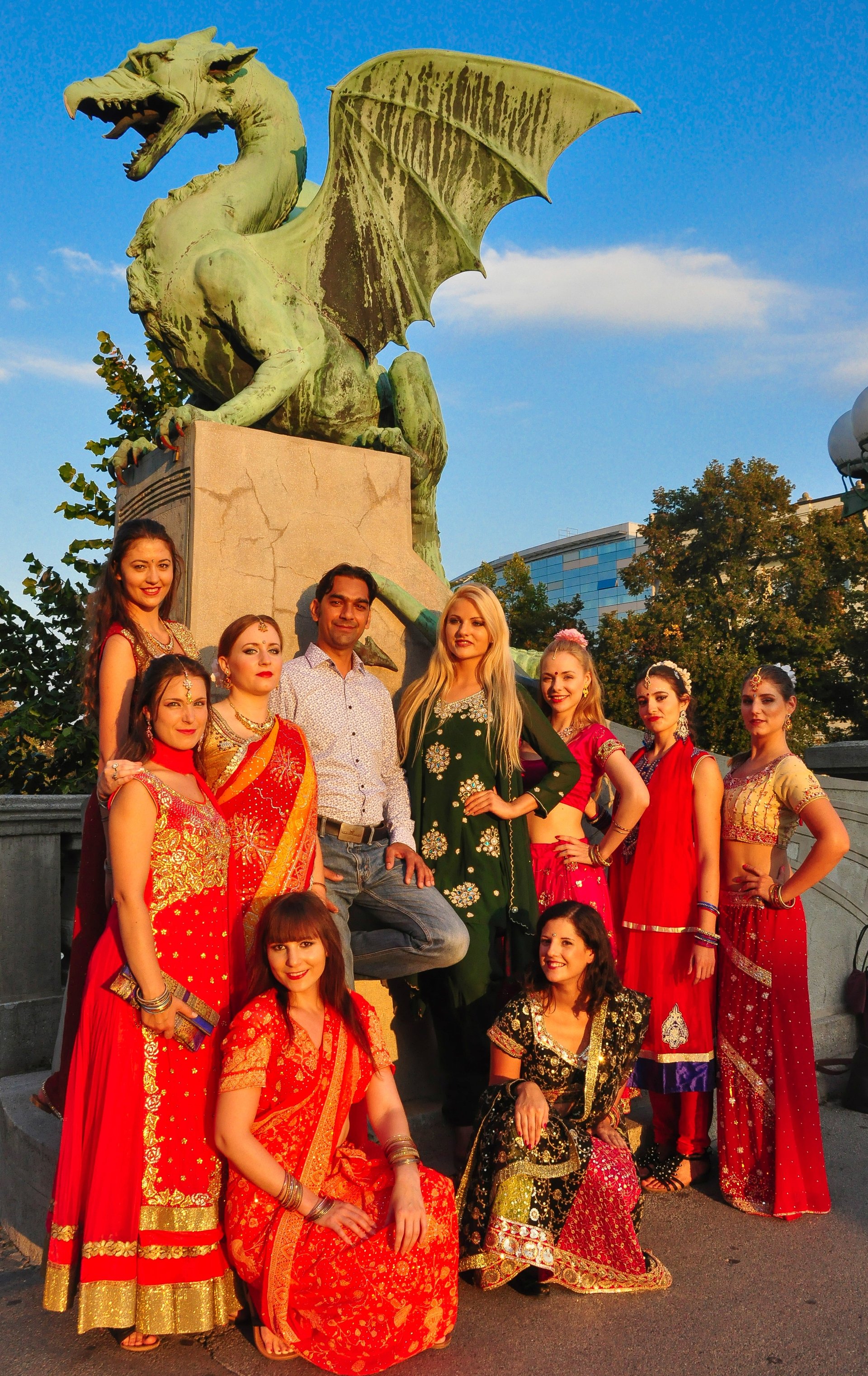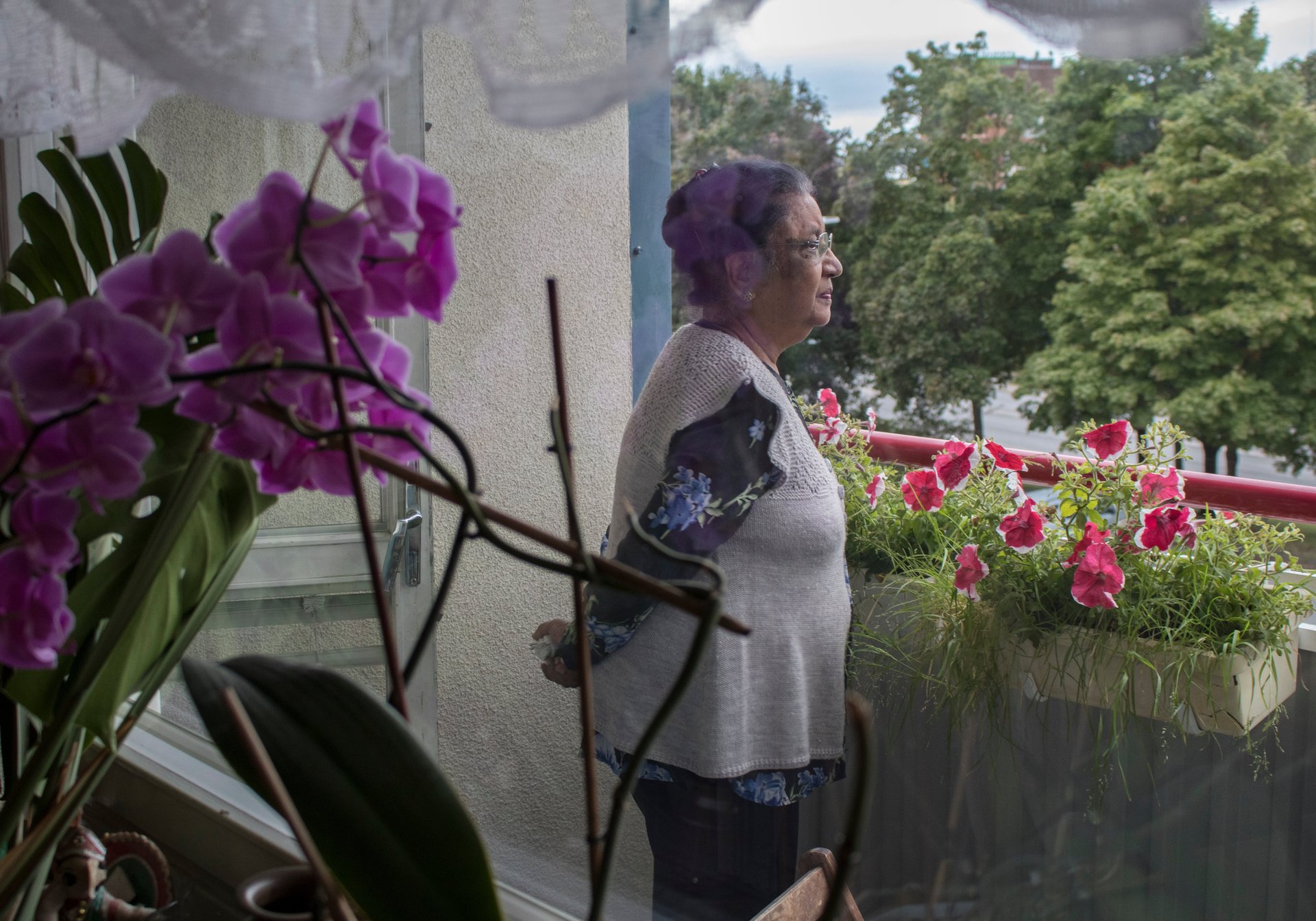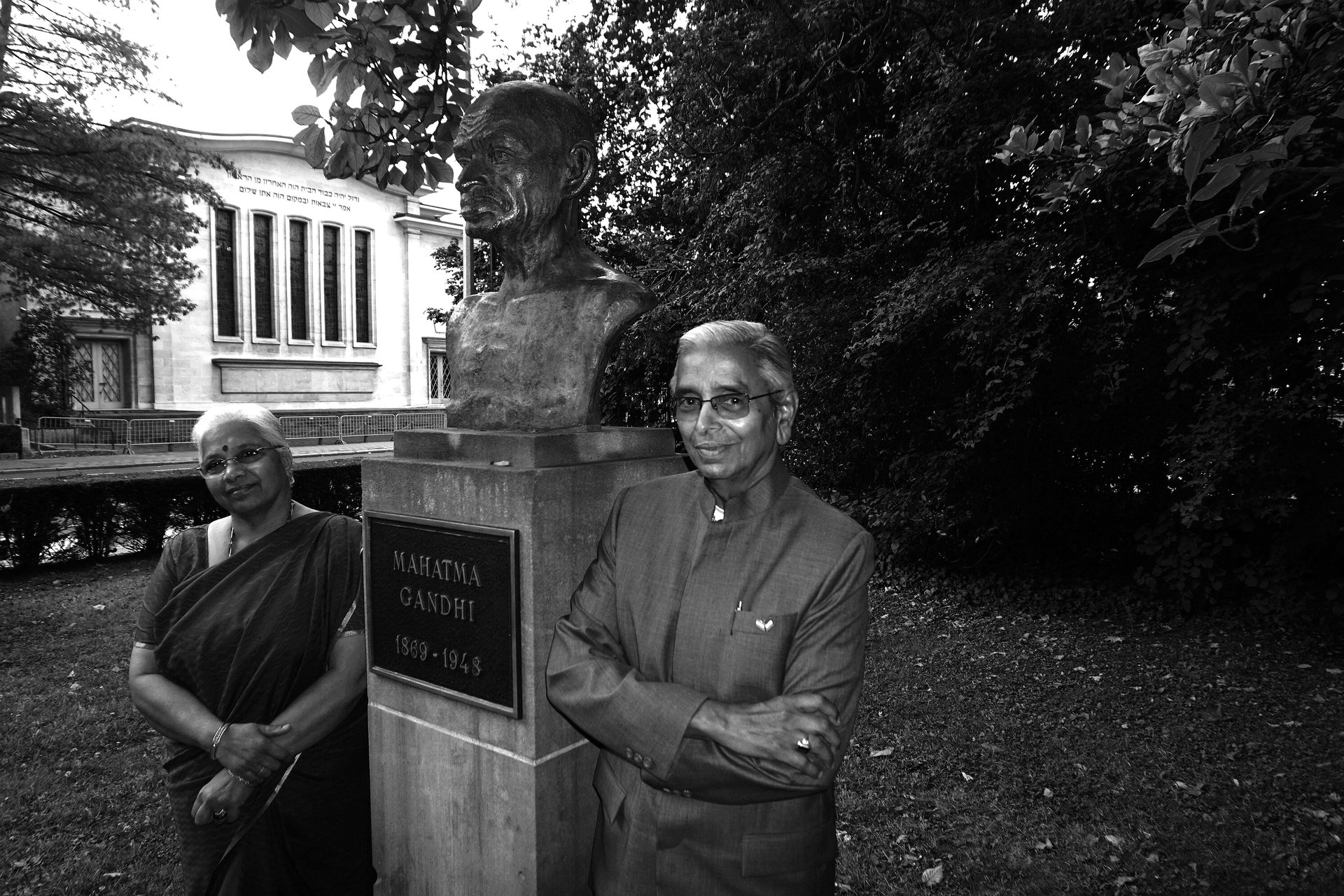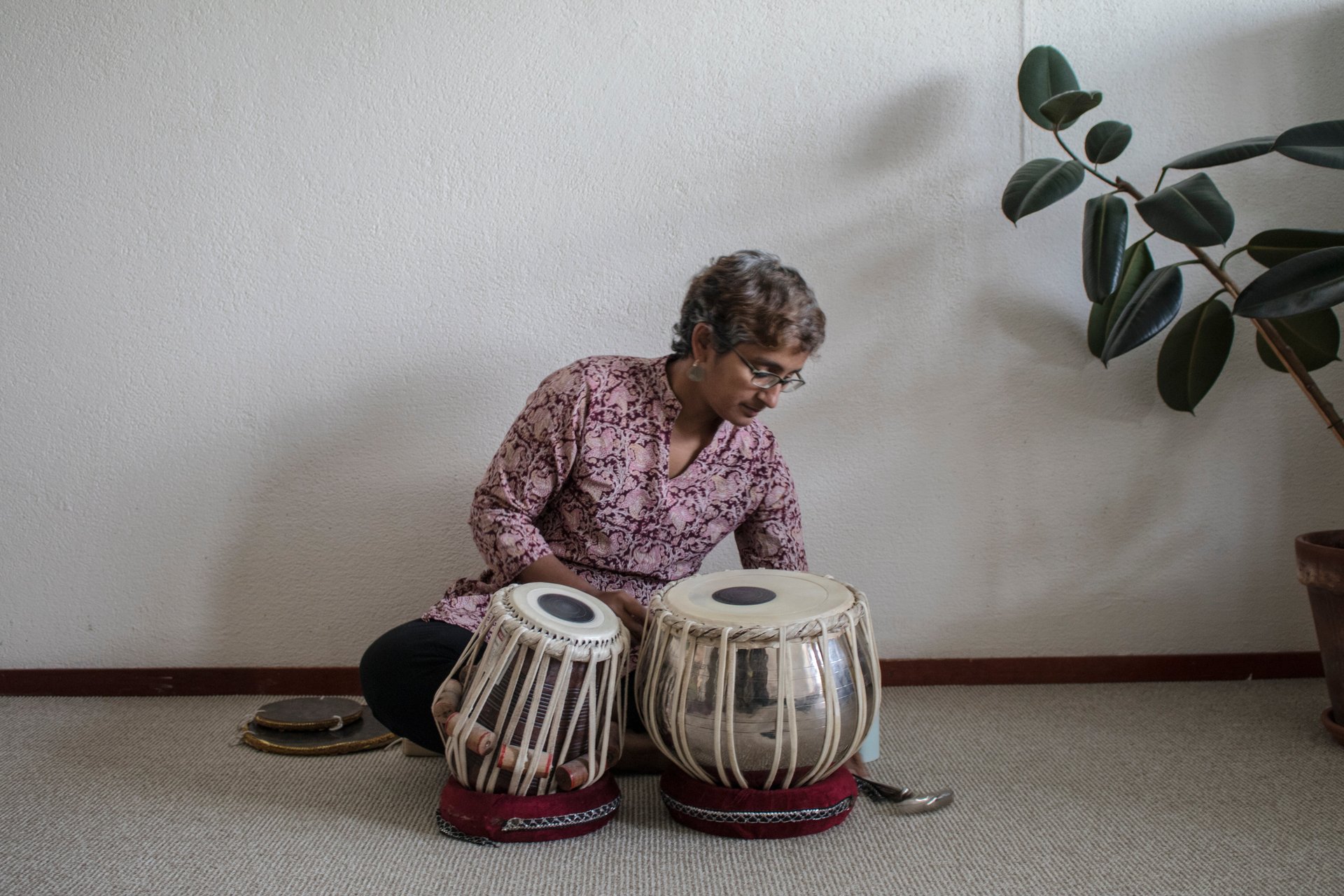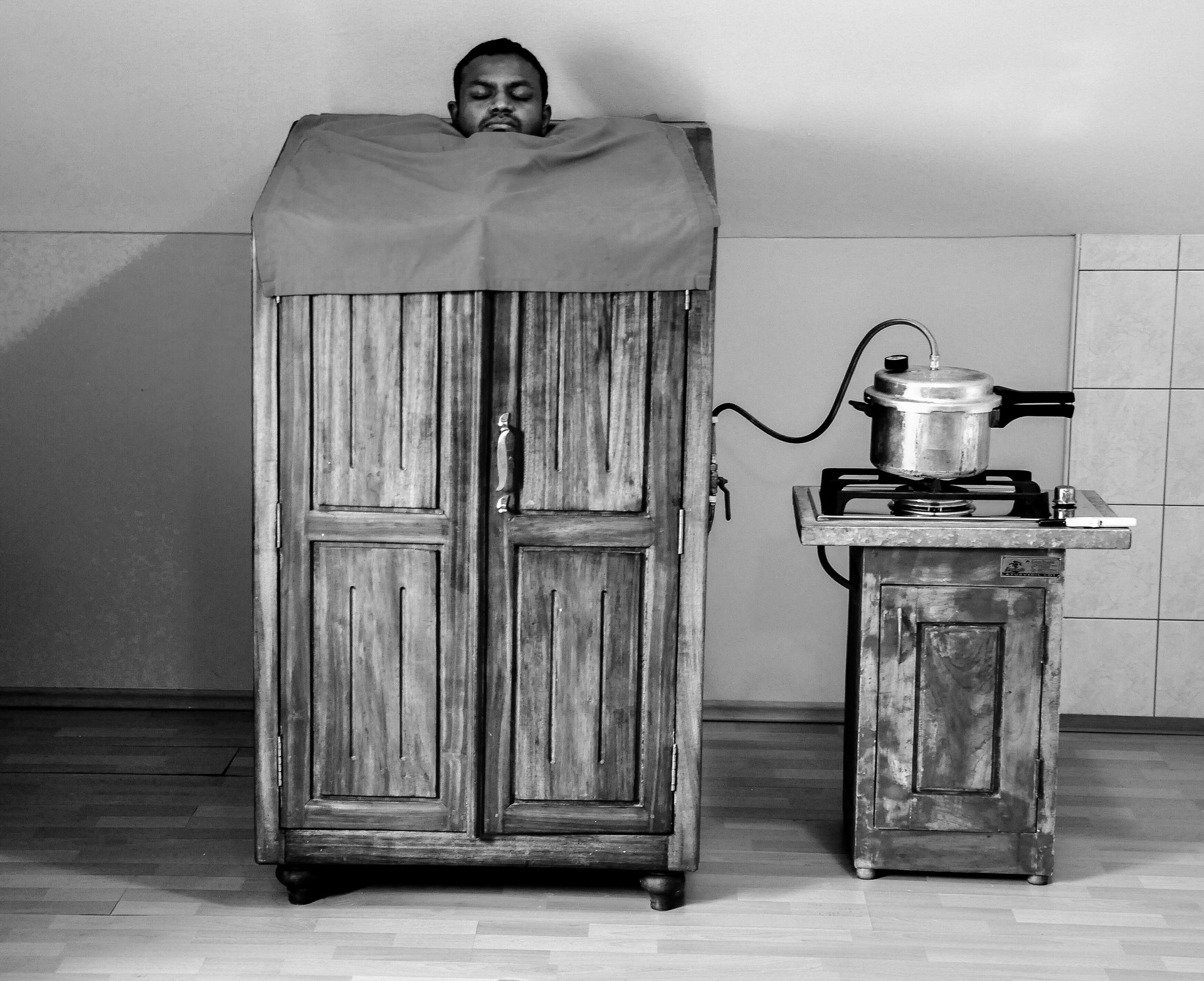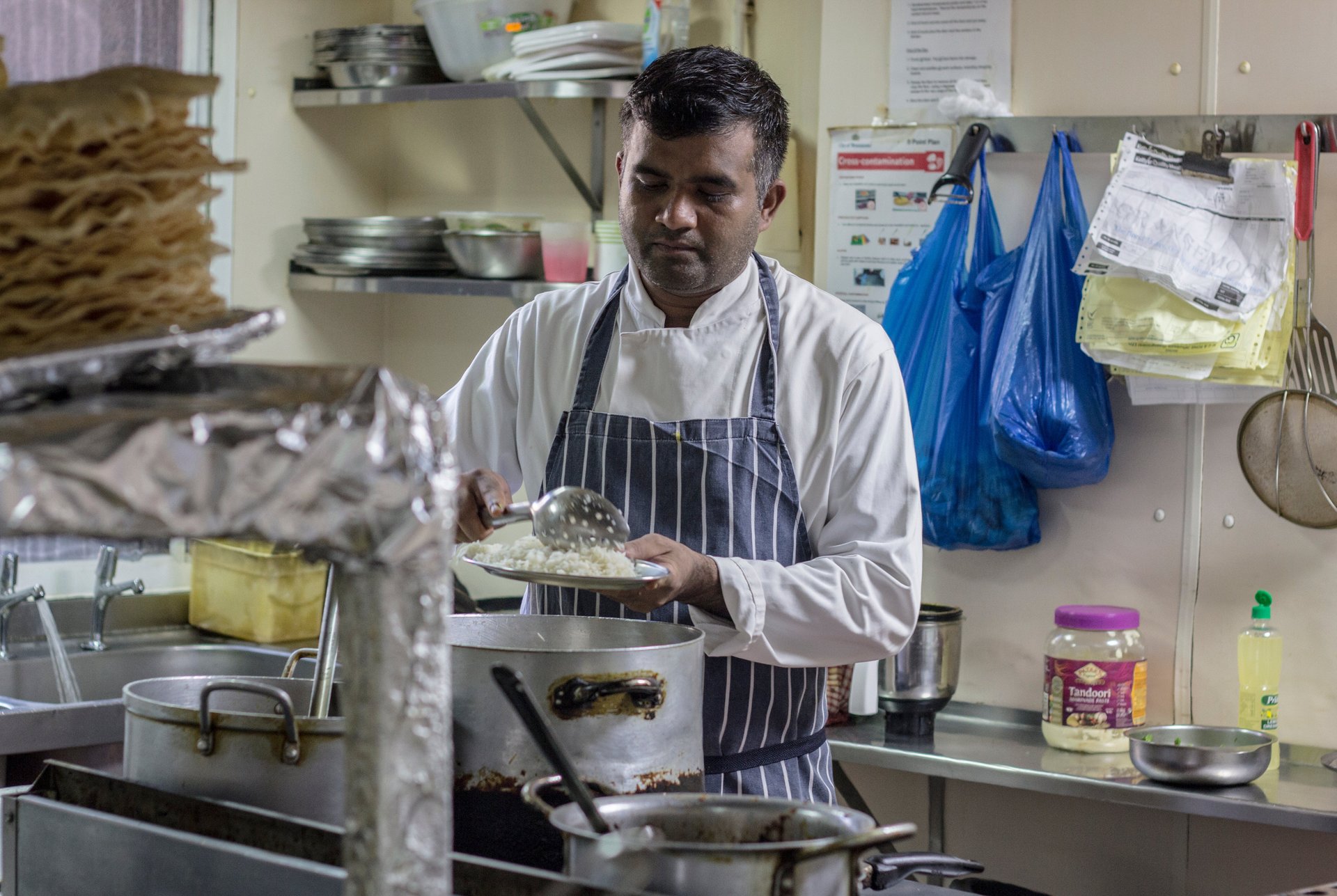From blue-collar workers to curry kings, chronicling the stories of Indians in Europe
In a time of rising anti-immigrant rhetoric across Europe, it’s stories of people such as the Sikhs who make Parmigiano Reggiano cheese in Italy, for instance, that act as a reminder that diaspora communities do wonderful things for their adopted homes.
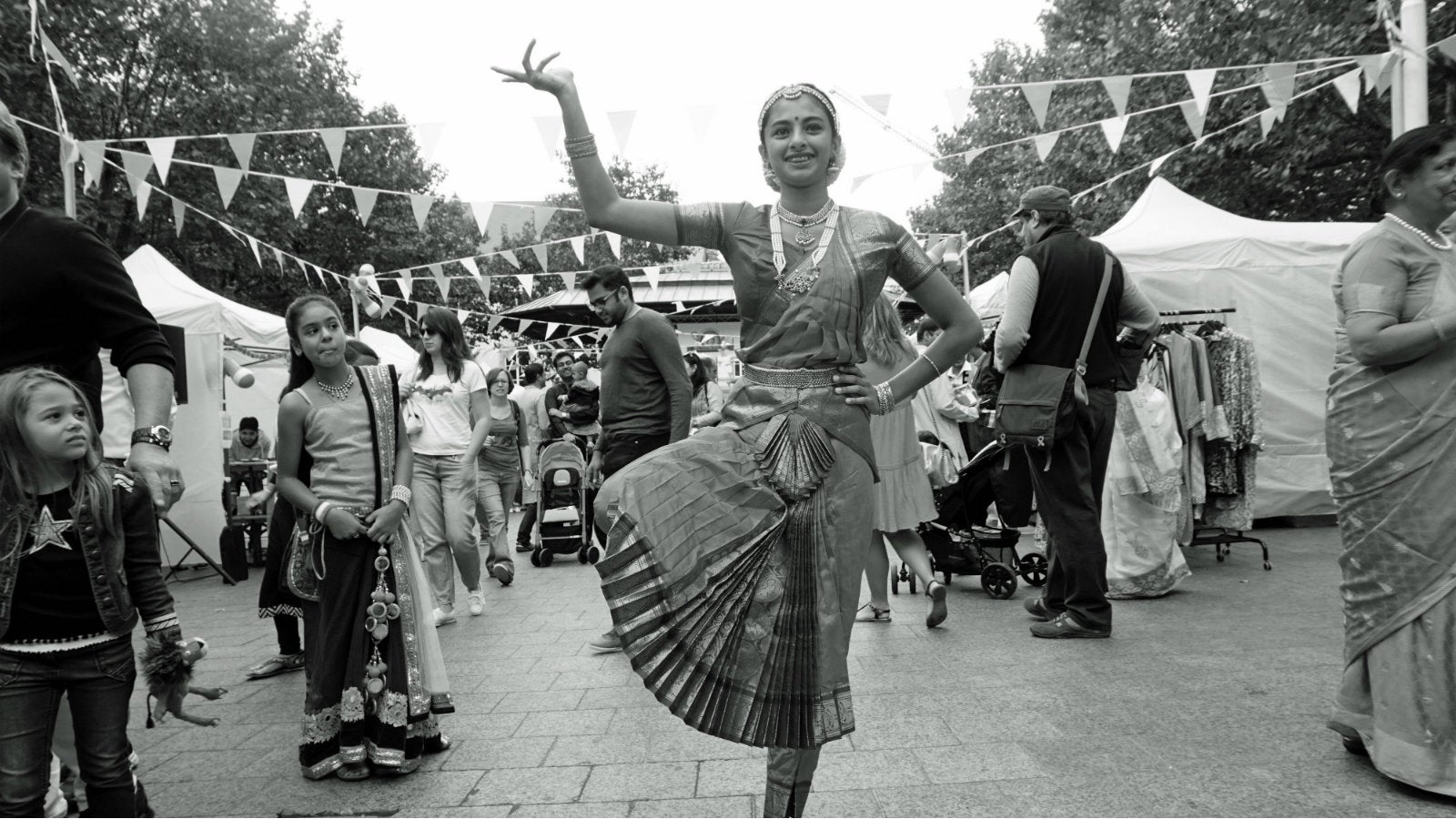

In a time of rising anti-immigrant rhetoric across Europe, it’s stories of people such as the Sikhs who make Parmigiano Reggiano cheese in Italy, for instance, that act as a reminder that diaspora communities do wonderful things for their adopted homes.
Settled in cities and towns across the globe, Indians make up the second-largest community of migrants in the European Union, bringing a unique touch to the societies they live and work in, and not just through art and culture, music and dance. It’s the stories of these individuals that the Delegation of the European Union to India wanted to uncover so they sent three photographers—Kounteya Sinha, Paroma Mukherjee and Shome Basu—to travel the length and breadth of Europe, meeting members of the diaspora in Italy and France, Slovakia and Slovenia.
Their photographs are now on display in New Delhi in an exhibition titled New Homelands: The Indian Diaspora in the European Union.
“In the post-war era, Indians have journeyed forth to many different states of Europe. There are Roman Catholics as well as Punjabi farmers in Italy; Goans in Portugal; blue collar workers, and doctors in the UK, academics and artists in the Netherlands, France and Germany, bankers and jewelers in Belgium, and so on,” Alka Pande, curator of the exhibition, writes in a statement.
Here are some of the people and stories the photographers discovered across Europe:
